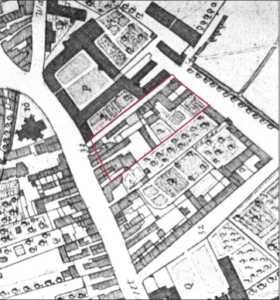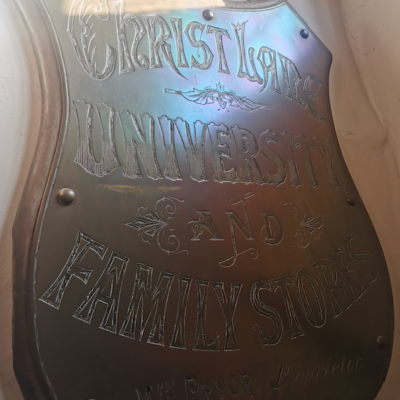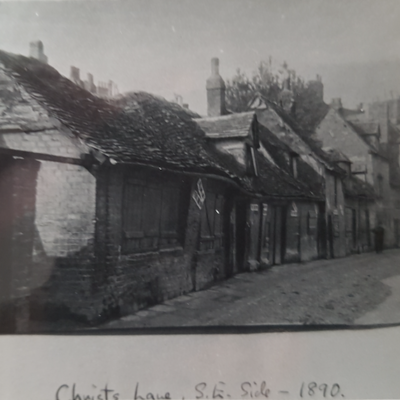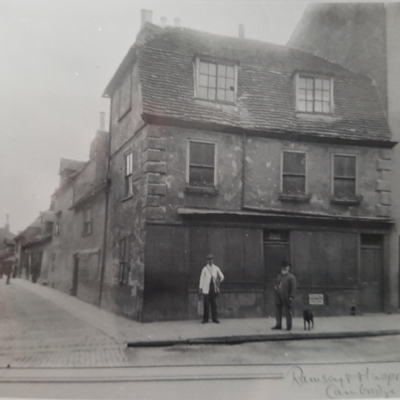Search by topic
- archaeology
- Building of Local Interest
- charity
- church
- crime
- dressmaker
- fire
- Great Eastern Railway
- Listed building
- Mapping Relief
- medieval
- oral history
- poverty
- Public House
- Rattee & Kett
- Religious House
- Roman
- scholar
- school
- Then and Now
- tudor
- women
- work
- world war one
- world war two
Search by text
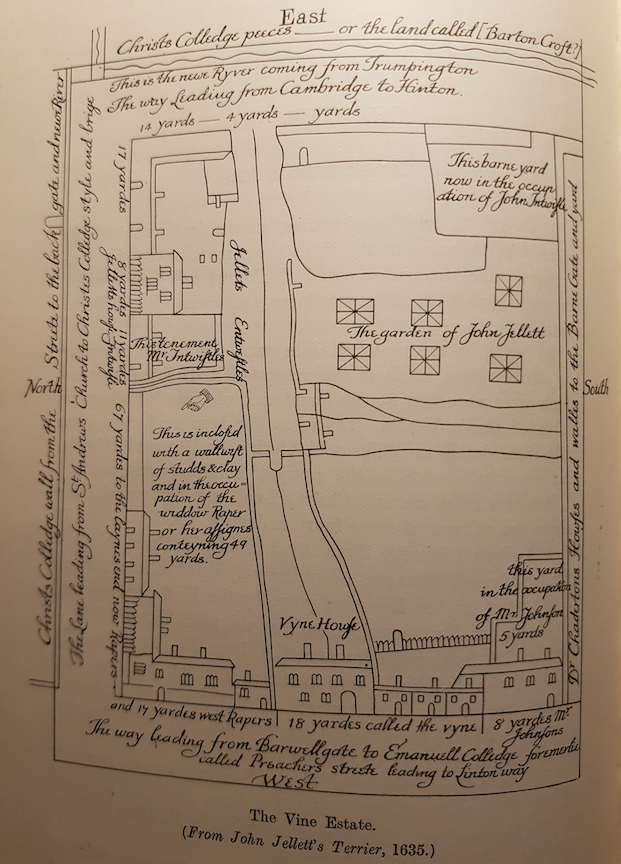 The Vine Estate
The Vine EstateThe Vine Estate
History of the Vine Estate
The Grand Arcade excavation report (2019) contains detailed description about the historical archaeology conducted at the site. (p376f):
A wealth of historical material survives in relation to The Vine Estate, far more than for the preceding medieval plots. In part this is a reflection of the date at which it was established, since the sixteenth and particularly seventeenth centuries witnessed an increase in both the production and retention of legal documentation. In the case of The Vine Estate itself a further, compounding factor comprised the institutional nature of the estate’s owner. This is because Jesus College not only maintained a relatively comprehensive archive, but – as the College remains extant, and indeed thriving, to this day – its archive has also been preserved largely intact. Thus the names and occupations of the principal tenants are known in some detail, whilst additional information pertaining to the number, and sometimes also the size, of the various plots has also survived. When it was first created, c. 1535, the estate appears to have been composed of around 10 separate plots. By 1667 this number had risen to 11, suggesting a degree of relative stability. In contrast, the degree of building coverage appears to have escalated much more rapidly over the course of the same period.
Contribute
Do you have any information about the people or places in this article? If so, then please let us know using the Contact page or by emailing capturingcambridge@
License
This work is licensed under CC BY-NC-SA 4.0





